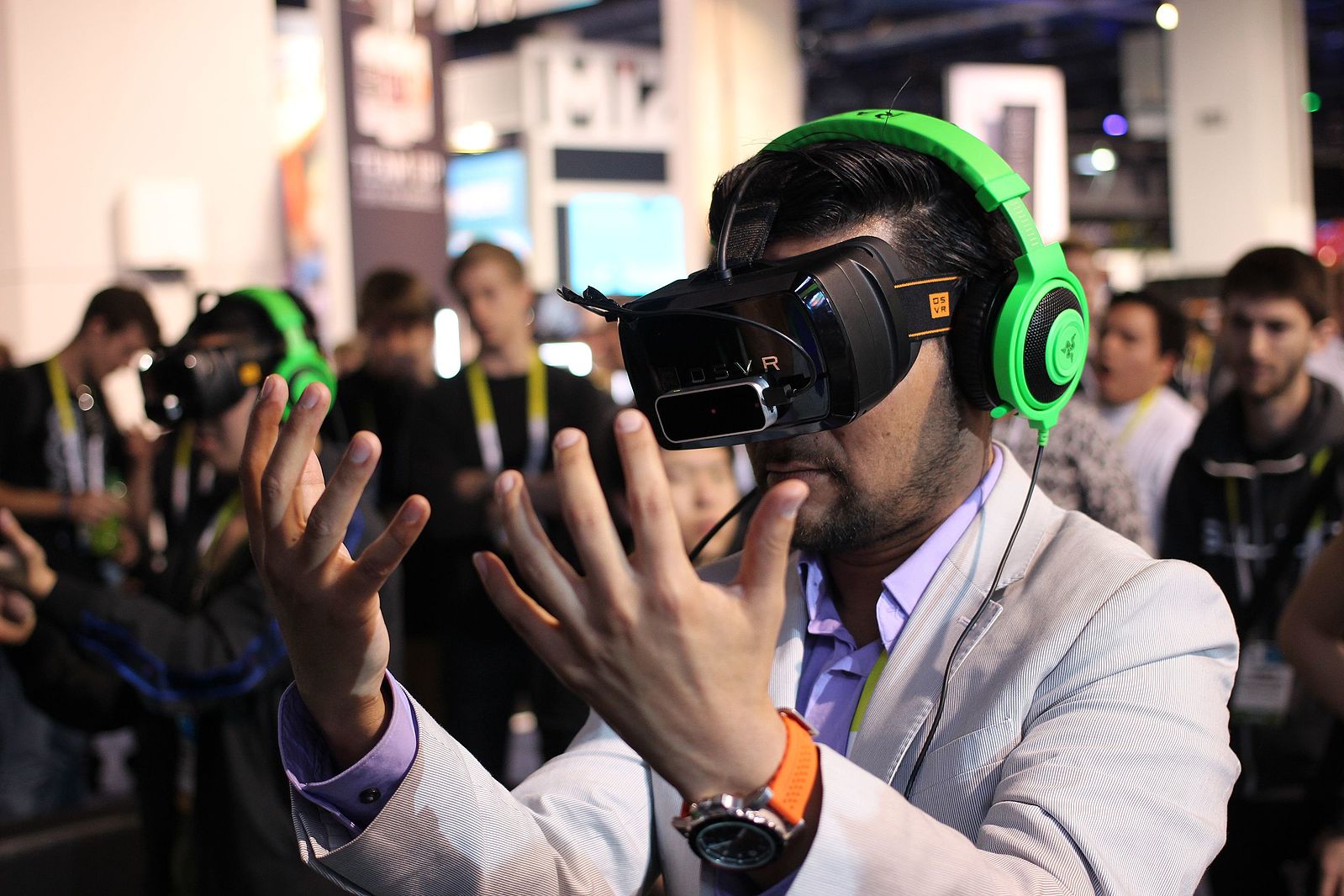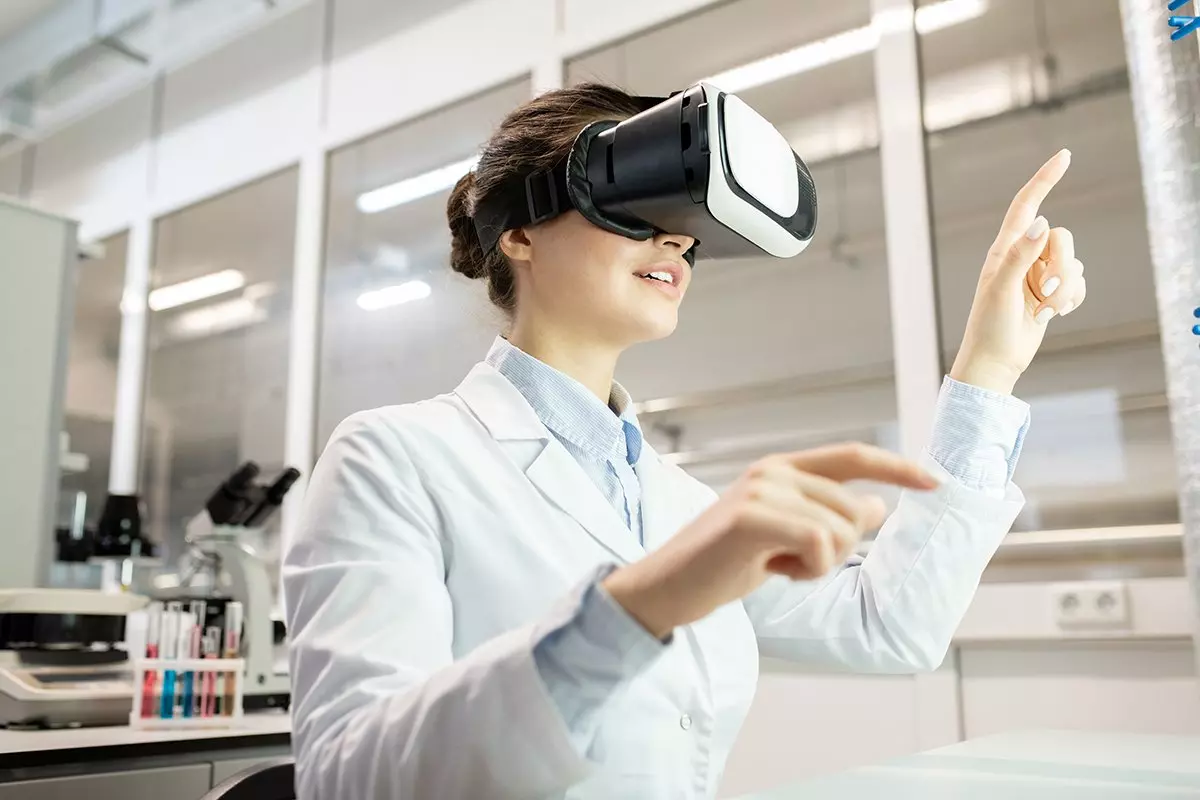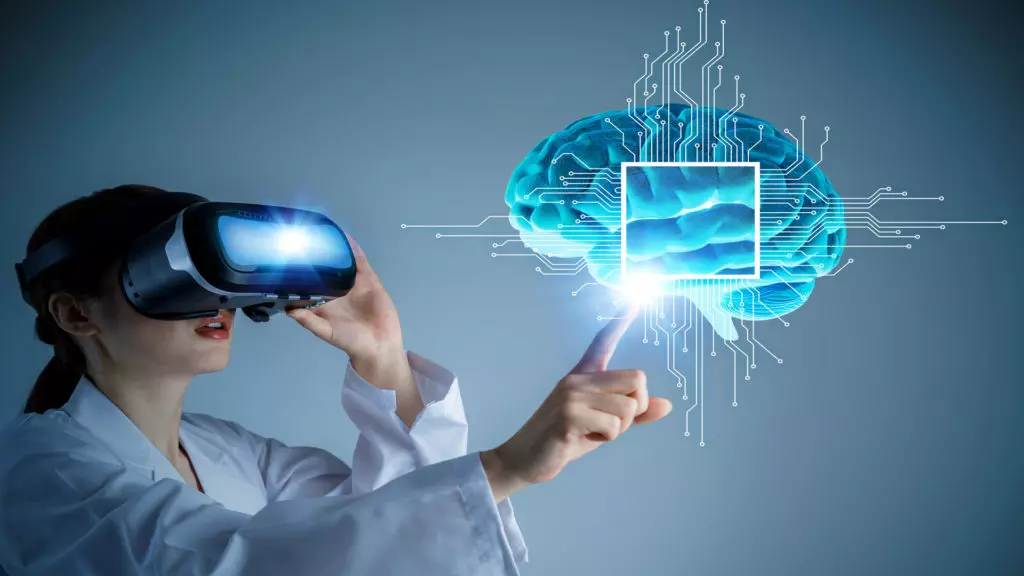Comments
- No comments found

Virtual reality (VR) has the potential to change mental health care.
There are currently no tests for mental health anywhere in the world. There are scales, questionnaires, surveys, evaluations but there are no biological or clinical tests. It is not for lack of trying, but those in related multidisciplinary fields don't necessarily know what to look for.
Aside from tests, there are treatments that inhibit a molecule, fixing a condition, devastating other functions - as side effects. But mental health has multiplied, with population, pandemic and technology.

There are two polar ends in any mental health - opening opportunity towards a possible measure: thoughts and the memory. There is no mental condition without thought. Some conditions are a problem of thoughts being too brisk, static, repetitive, dominant or too intrusive. Whatever became a thought was initially a sensory input. The input got integrated in the thalamus, or olfactory bulb for smell before relay to the cortex.
Integration is into a uniform unit. This unit is proposed to be the origin of thought. It is thought that gets relayed - for interpretation, a process that includes, knowing, feeling and reactions.
Knowing is the memory. So what the memory stores is the same as the uniform unit of sensory integration [or thought]. Simply, what relays in the brain is a form of thought, and locations or stations of relay include the memory. Objects in the physical world or external stimuli exist as a thought version to the brain. It is this thought version that causes happiness, sadness, fear and so on, by where they go.
There is no physical car in the brain, but a thought version of the car, stored and grouped in the memory, such that it could cause happiness or sadness, depending on how sensory input and integration diverges from what it should expect.

Virtual reality can be used for tracking or mapping to increase understanding of what thought and memory does in depression, anxiety, bipolar, schizophrenia, affective disorders, substance abuse and so on. It is the architecture of thought relays that would be deployed to correlate conditional extents.
This will break away from years of difficulty on measures for mental health, easing with VR and other devices.
Leave your comments
Post comment as a guest